Your balcony is already well equipped for the summer and shines in many great colors. However, you feel that something is missing. So how about hanging balcony plants? They can creep along your balcony and pull up unsightly facades themselves. We have listed the most beautiful hanging balcony plants for you here and of course professional tips on how to care for them.
Balcony plant 1: ivy
ivy is incredibly undemanding and easy to care for. Its shoots can grow several meters long and twine along anything it can get a hold of.
You should consider this when watering
Water your ivy evenly and let the top layer of soil dry slightly between waterings.
This is how much fertilizer your hanging balcony plant needs
You should fertilize your ivy with commercial liquid fertilizer. Here you should stick very closely to the quantities on the back of your package. The ivy does not tolerate too much fertilizer. Also, fertilize your ivy on cloudy days, direct sunlight can burn the leaves of your plant quickly.
Can this plant overwinter?
Yes, she can, whether in your apartment or directly on the balcony. In your home, the ivy needs a cool spot with a temperature between 10 and 15°C. At this time, you need to water the ivy sparingly. Before you water it the next time, the root ball should be half dry.
The air in your apartment is very dry in winter because of the heating. The ivy likes it when you spray it with a little lime-free water. If it is too dry, pests can attack your plant faster.
If you want your ivy to overwinter outside, you should at least wrap it up with some fleece and place the bucket on a styrofoam plate.
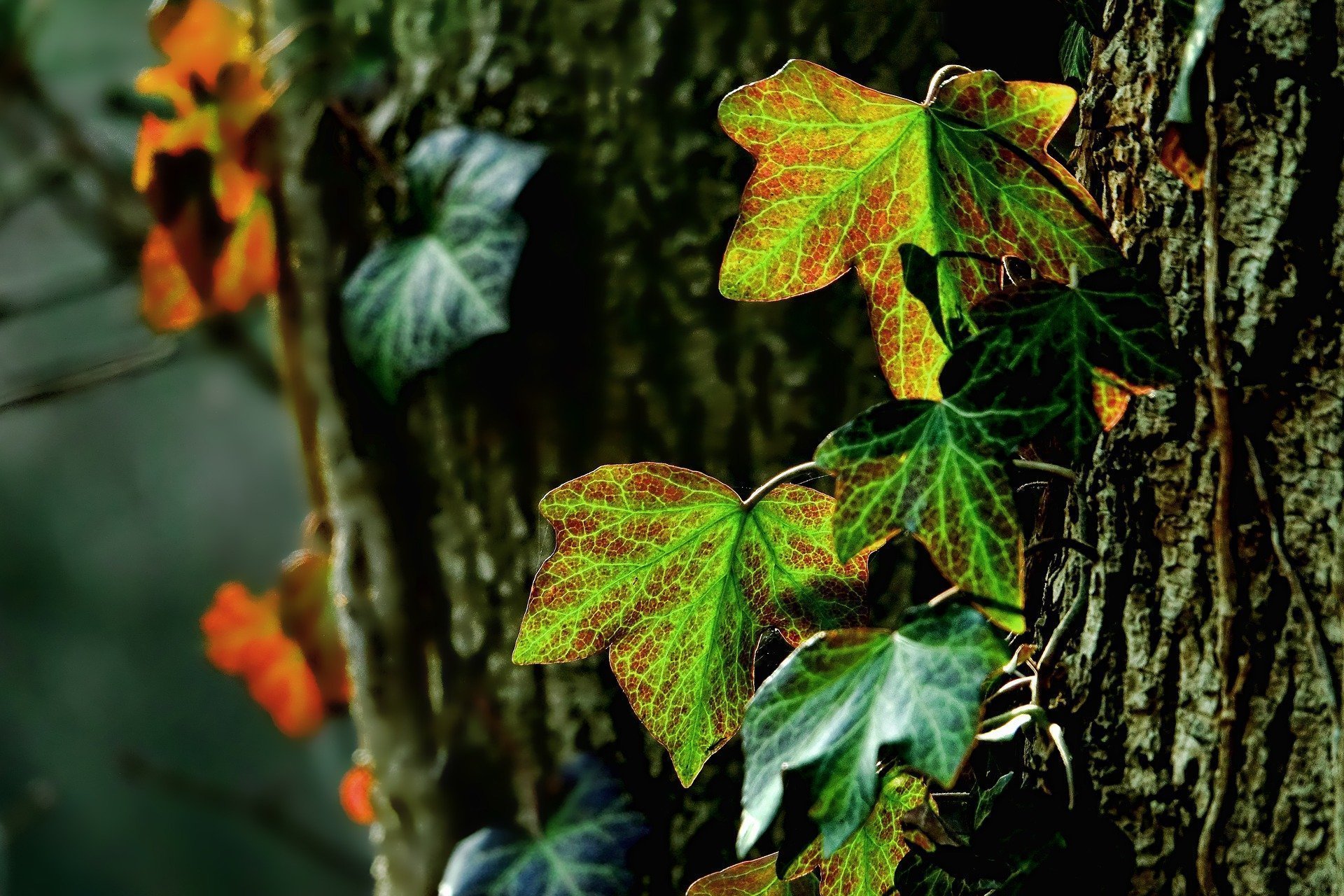
Balcony plant 2: Verbena
Verbenas are beautiful hanging balcony plants. They love the sun and warmth, so a bright spot is appropriate. The latest breeds are very robust, even rain and wind don't bother the delicate flowers.
Pouring verbena: You should pay attention to this
This hanging balcony plant is incredibly undemanding, true continuous bloomers. In order for them to thrive, you need to keep the soil moderately moist. The soil in the pot should neither dry out nor be too wet. You should pour off excess water immediately to avoid waterlogging.
Your verbena needs this much fertilizer
In order for your verbena to bloom profusely, you should support them with nutrients. Fertilize every two weeks, with a little liquid fertilizer. You can also easily make fertilizer yourself. You can find out how this works in the article on Make fertilizer yourself.
Does verbena also survive the winter?
Verbenas are usually not hardy, so overwintering is usually not worthwhile. In addition, verbena that have lasted for years are not very attractive and do not bloom.
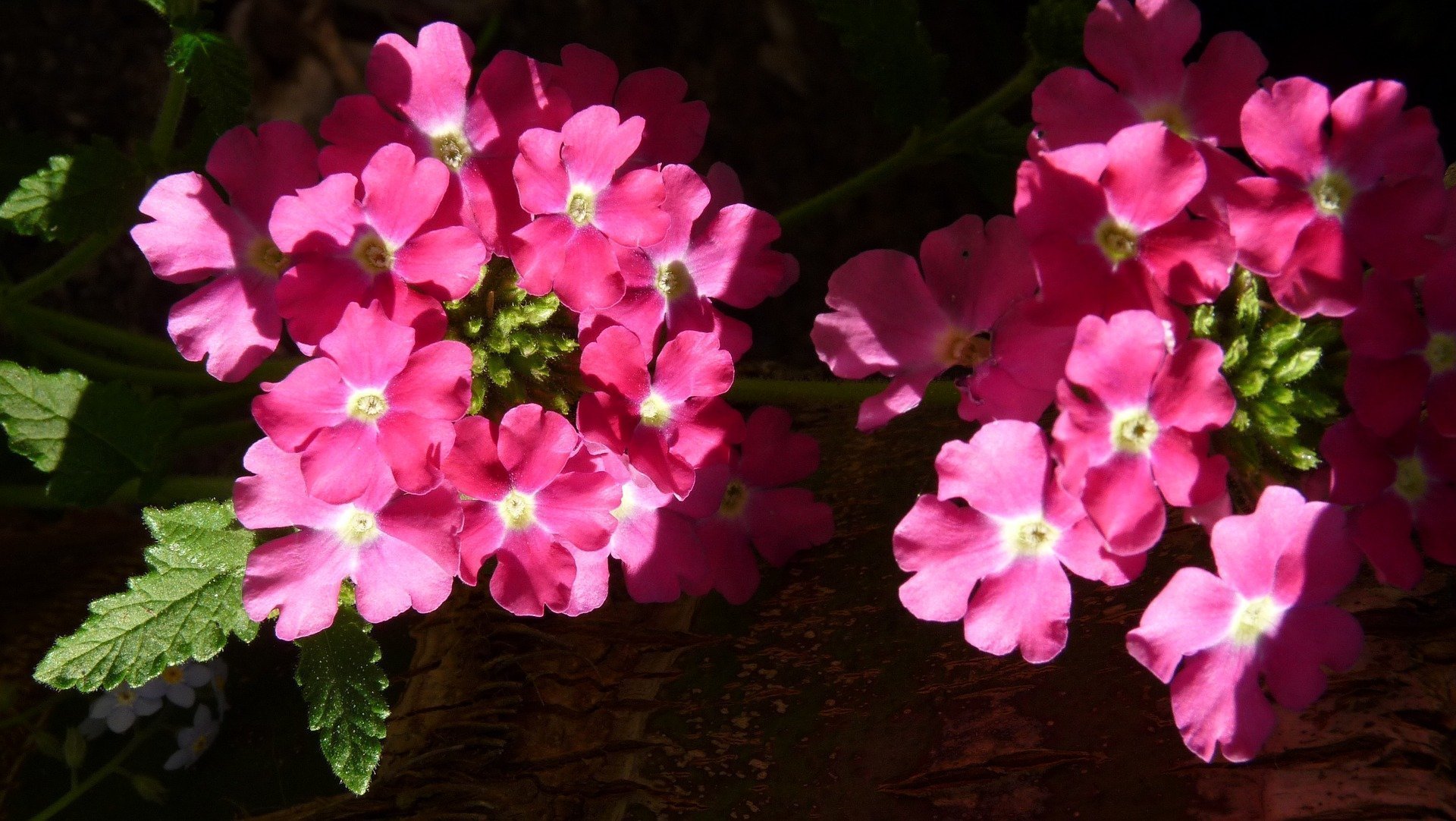
Balcony plant 3: incense
The incense seems very inconspicuous at first, but it still has a lot to offer. It looks beautiful next to some flowering plants and can climb down your balcony. In addition, the incense, which is not related to the true incense, still has a strong smell. This smell repels mosquitoes and moths, which is a real plus. The frankincense prefers a sunny spot on your balcony, without the blazing midday sun.
You should keep this in mind when pouring your incense
The incense must always be kept moist without waterlogging. Pour the incense until the excess water flows out of the pot and then remove this water from the cachepot.
How much fertilizer does your incense need?
Basically, the nutrient requirement of incense is quite low, but like all balcony plants, you should still provide it with some liquid fertilizer every 2 weeks. Use a standard balcony or green plant fertilizer here.
Tip: If you just bought your incense recently, you should wait six to eight weeks before fertilizing for the first time. In this way, the plant first develops strong roots in order to better absorb the fertilizers later.
Storage incense: is that possible?
This hanging balcony plant comes from a warm, frost-free country. Therefore, it usually does not survive the winter. The frankincense needs a minimum temperature of 18°C to grow. So get your incense into your home by October at the latest. Water it moderately indoors and only at the root ball if possible.
Balcony plant 4: fan flower
The fan flower, also known as the blue fan flower, is best known for its romantic blossoms. On your balcony it becomes very bushy and grows up to 40 to 50cm tall. She develops beautiful little flowers all summer long. It grows in any sunny to semi-shady spot.
Your fan flower needs this much water
In the wild, the fan flower grows in Australia in dry bushes and on the coast. It should be watered regularly, but can be kept a little drier. If you forget to water it, it doesn't matter, the hanging balcony plant just doesn't tolerate waterlogging at all. Be careful not to water too much hard water. The fan flower doesn't tolerate it on it.
Fertilize the fan flower: that's how much it needs
The fan flower also needs some support from nutrients. Fertilize every 2 weeks with a little liquid fertilizer for flowering plants. The amount of liquid fertilizer can be found on the back of the packaging. However, you can also easily fertilize your fan flower with coffee grounds. You can find out exactly how this works and what you have to consider in our article on Coffee grounds fertilizer.
Will your fan flower bloom next year?
Unfortunately, the fan flower cannot survive our German temperatures. However, you can hibernate them by taking them into your home. It prefers a bright and cool room with temperatures of about 5-10°C in winter.
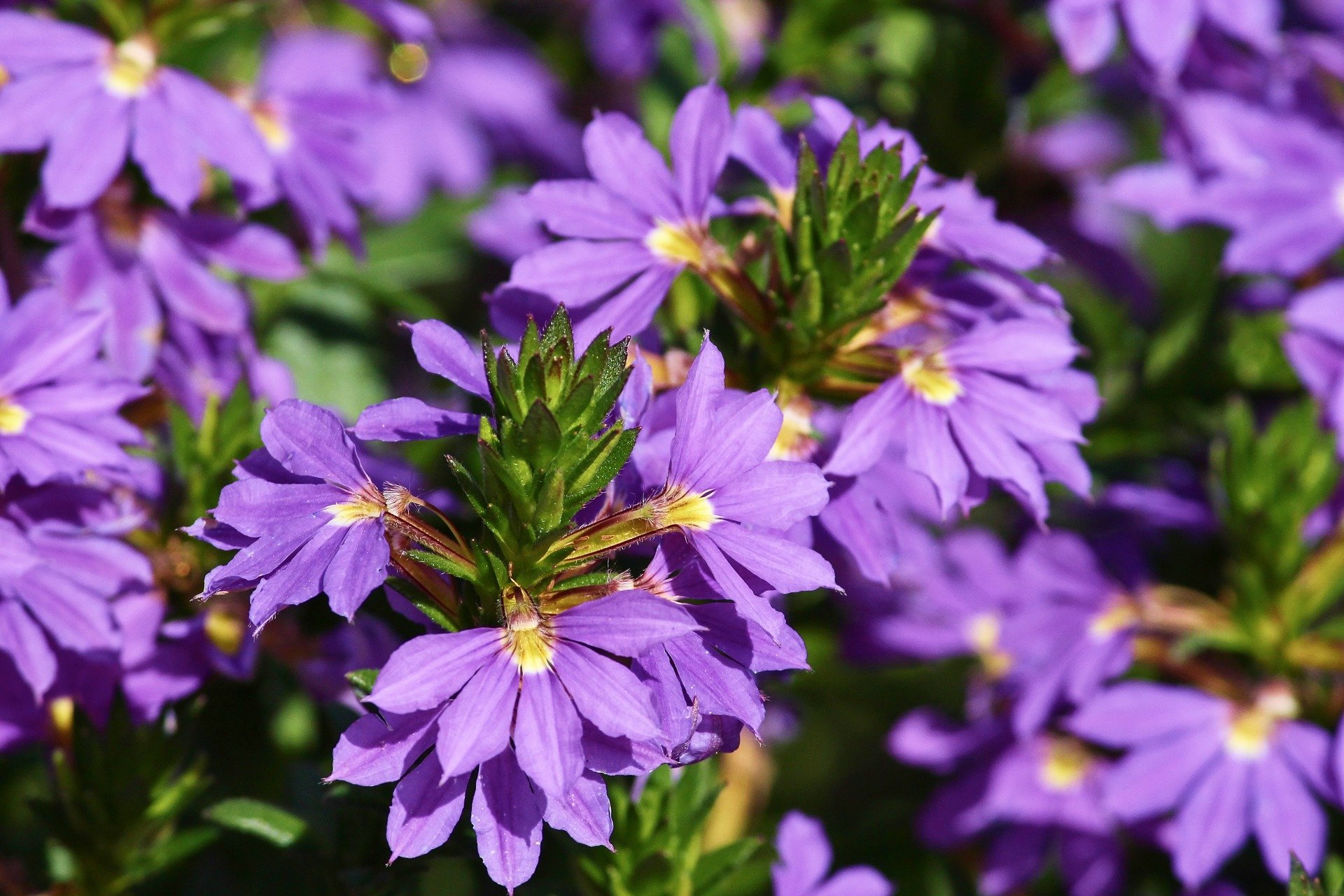
Hanging balcony plants are something very special. If you combine them with standing plants, your balcony will look fantastic. Are you interested in other plants that you can also put on your balcony in summer? Then have a look at our shop, here you will find a large selection of charming indoor plants.
.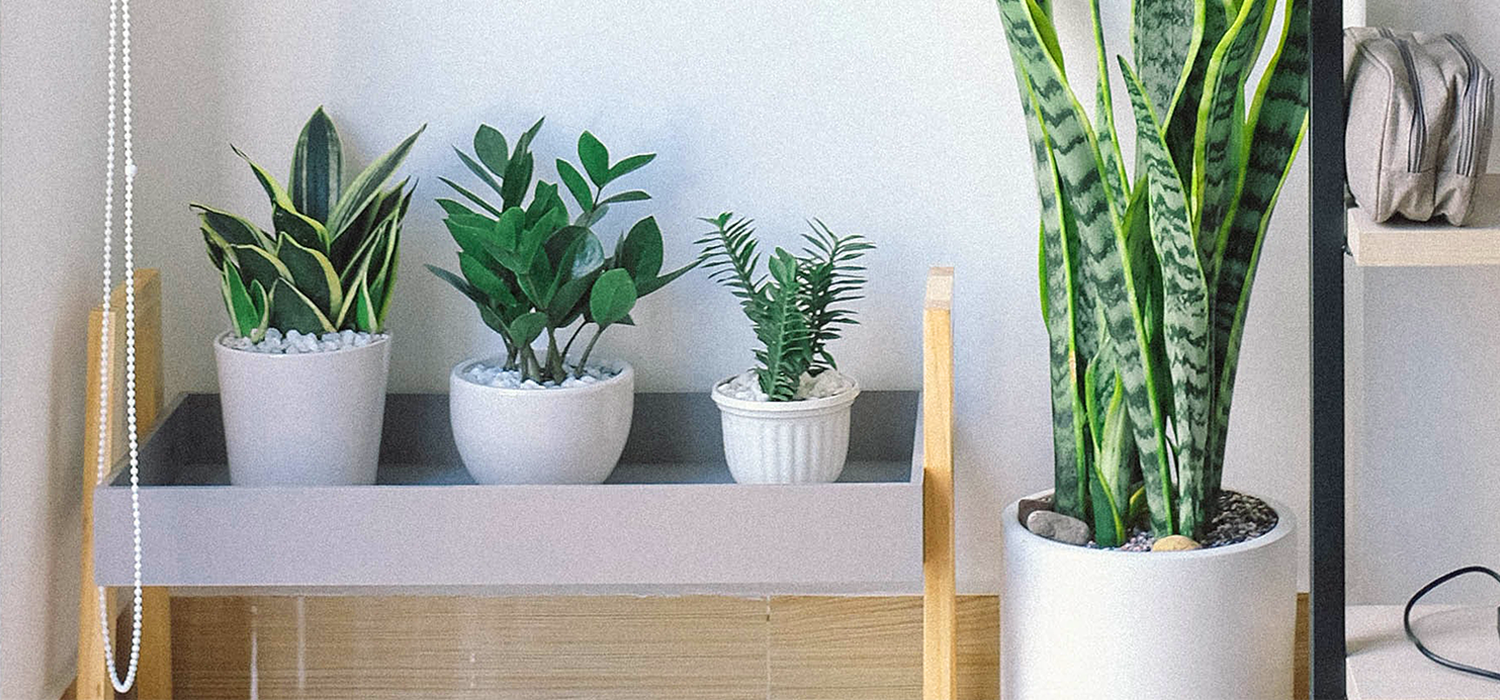
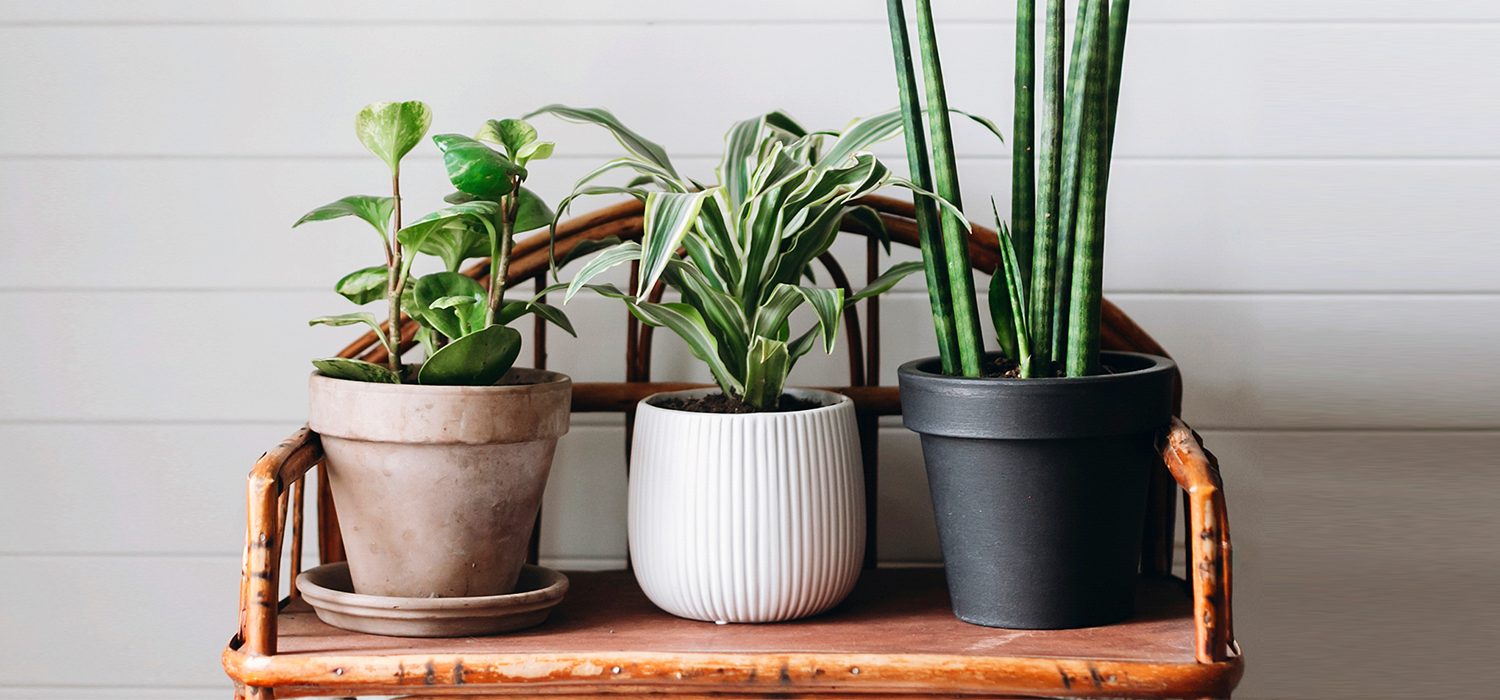

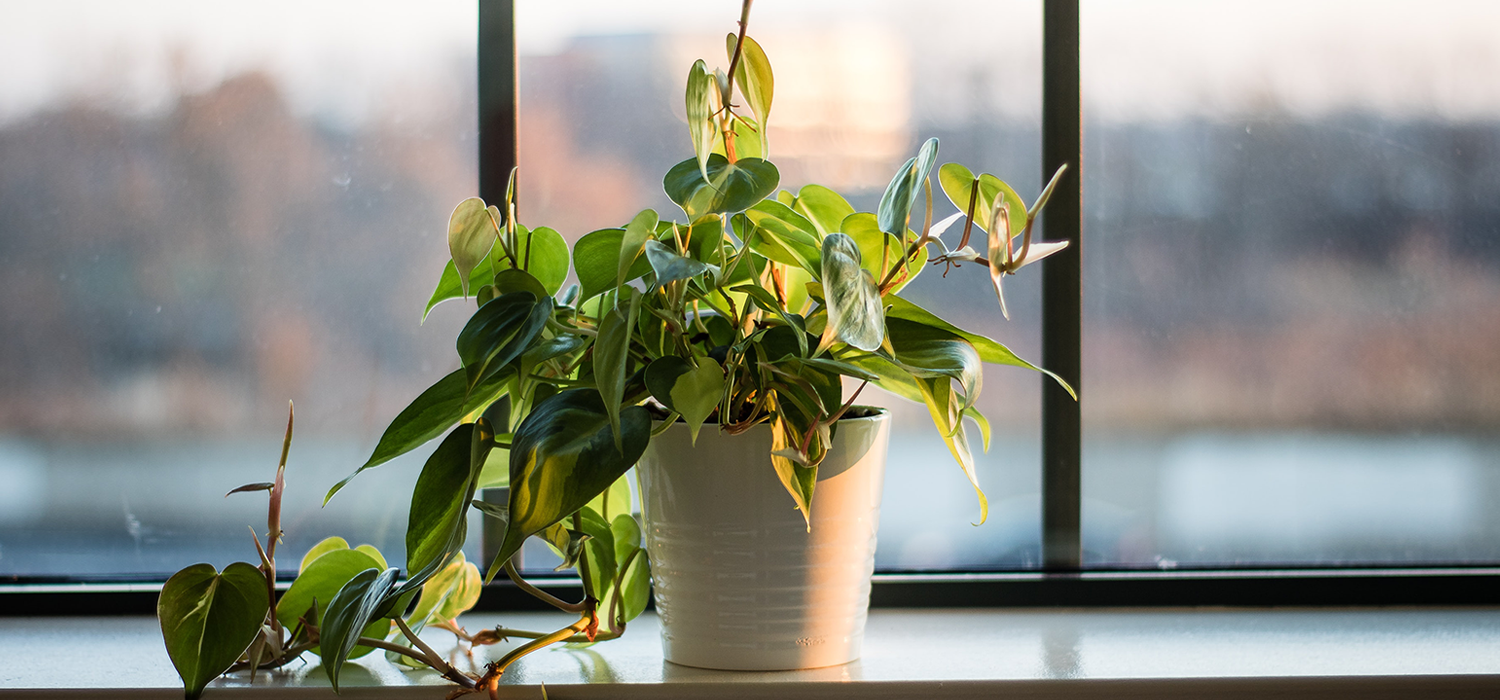
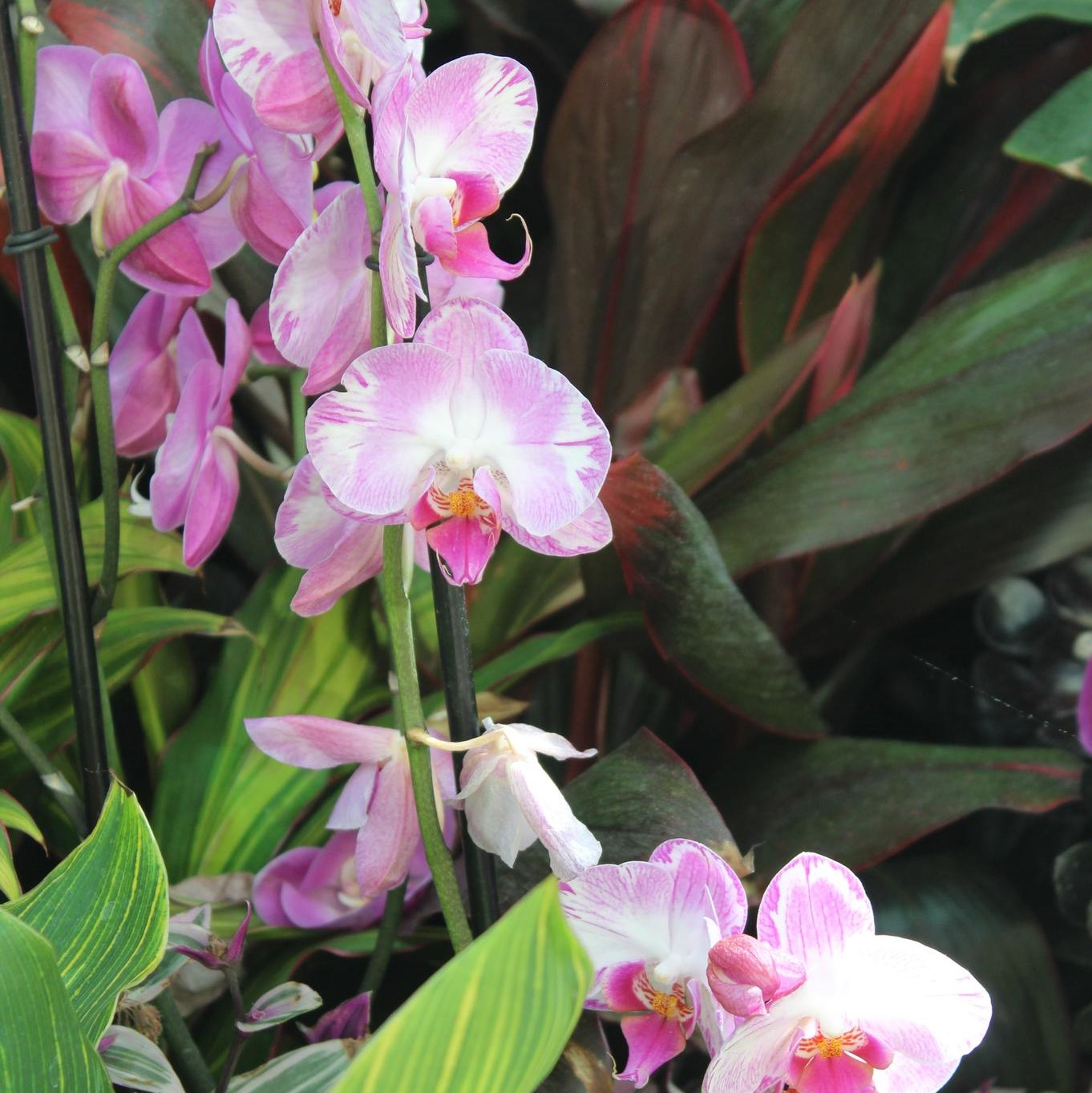
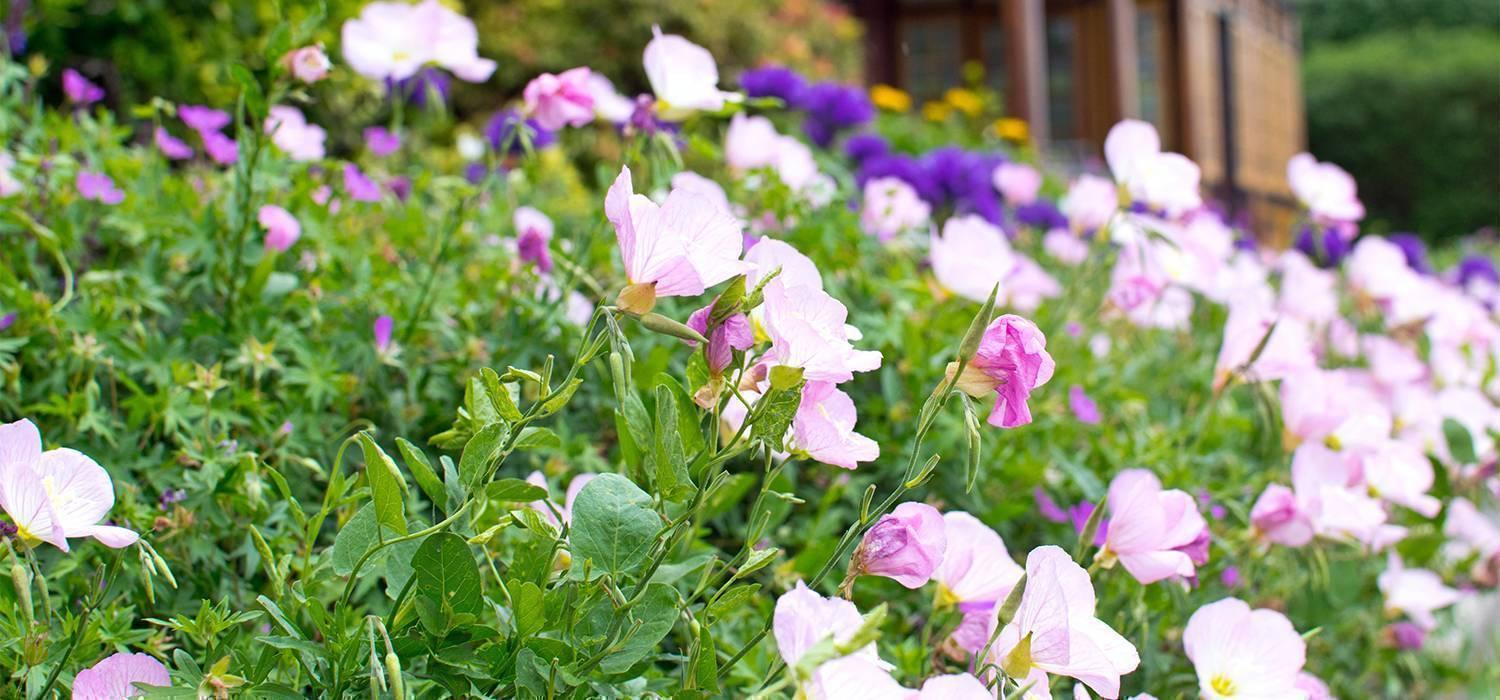
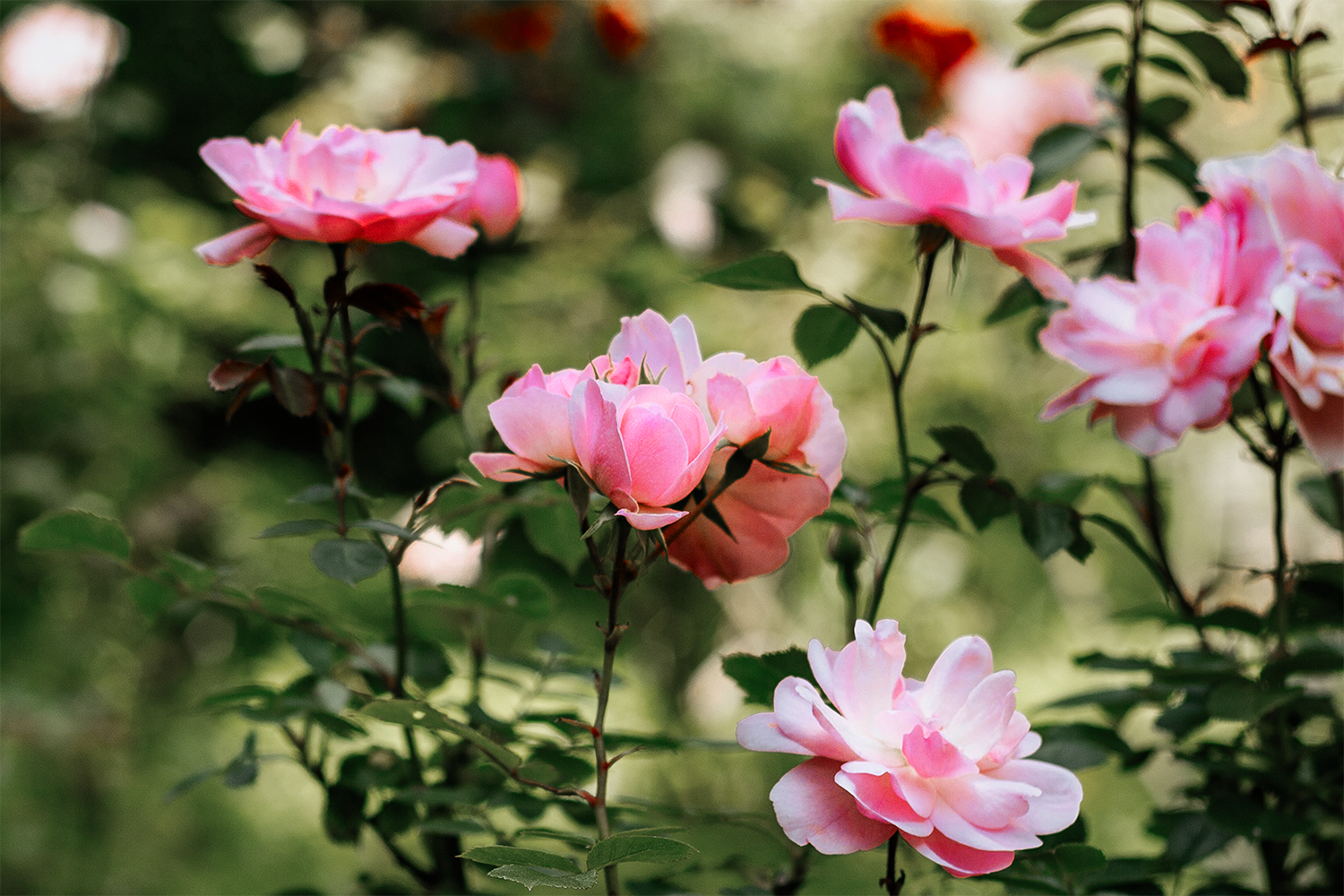
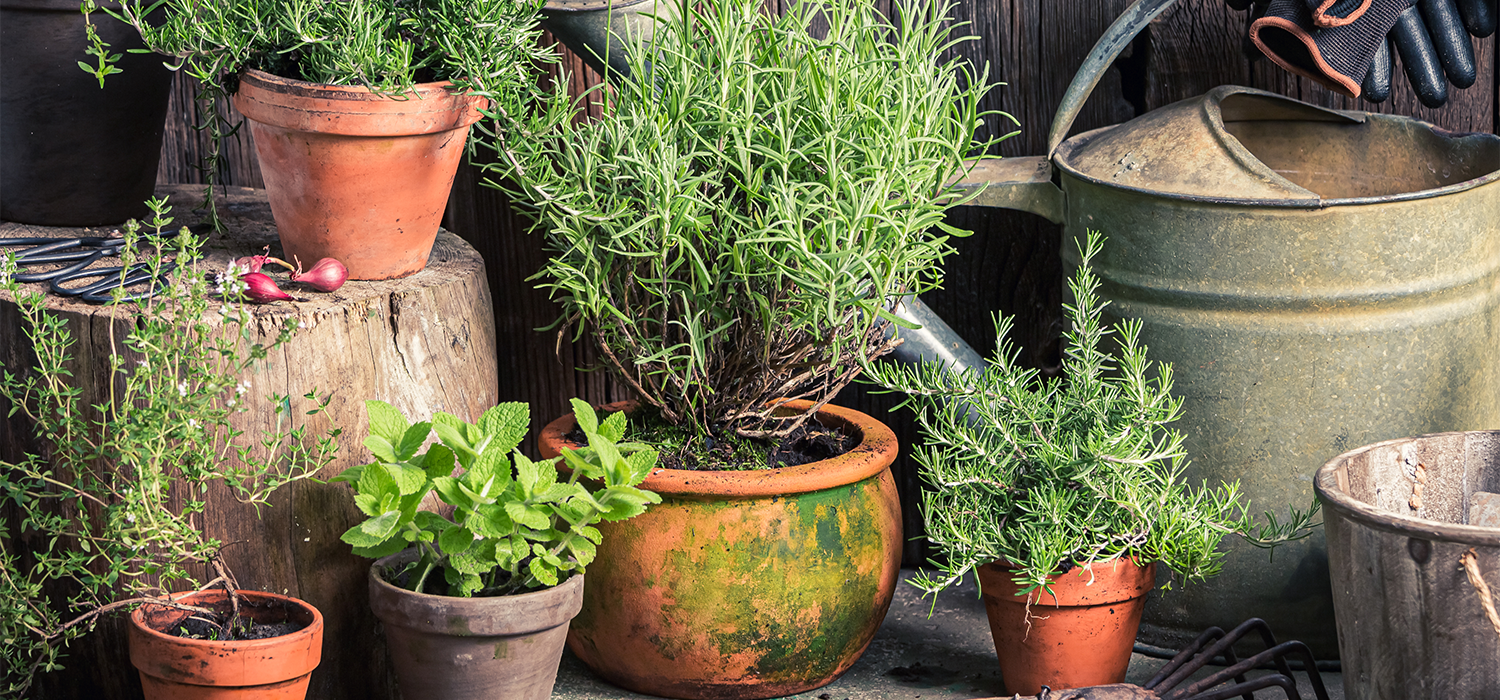
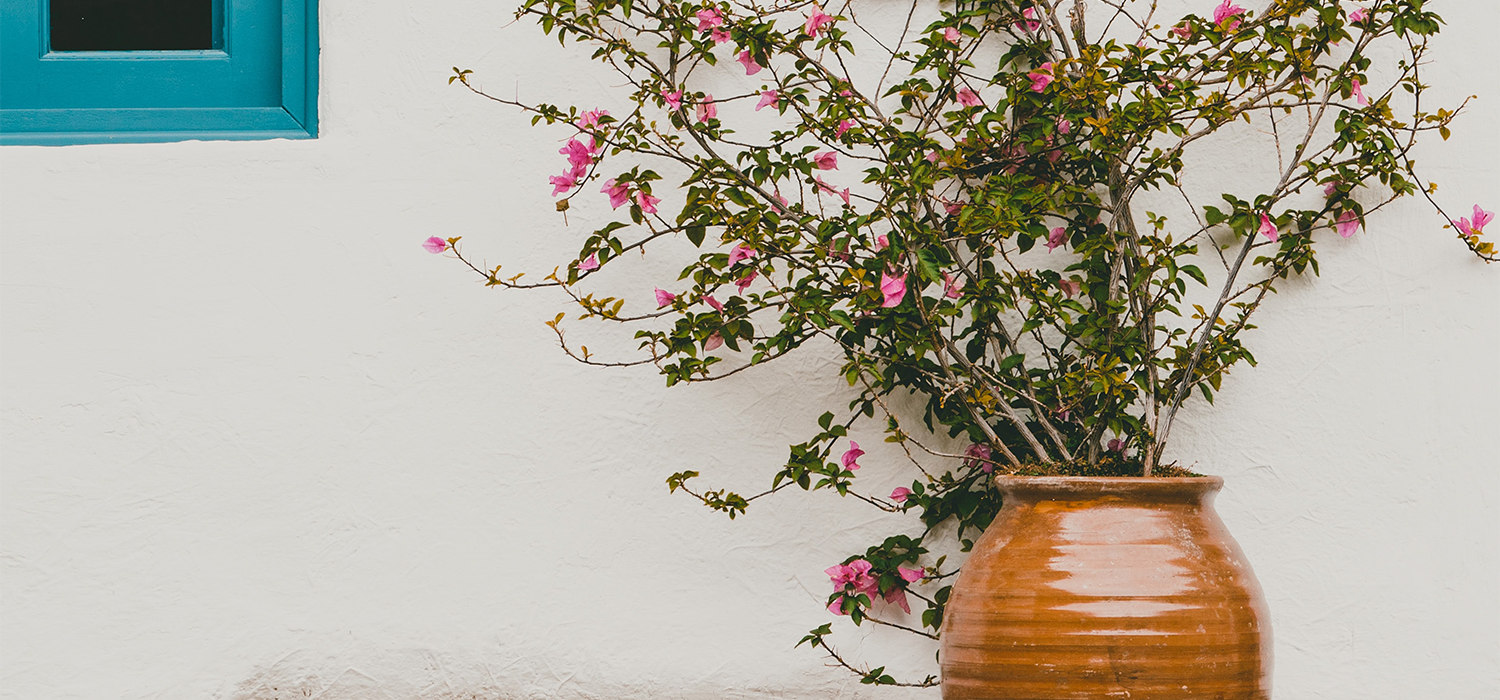

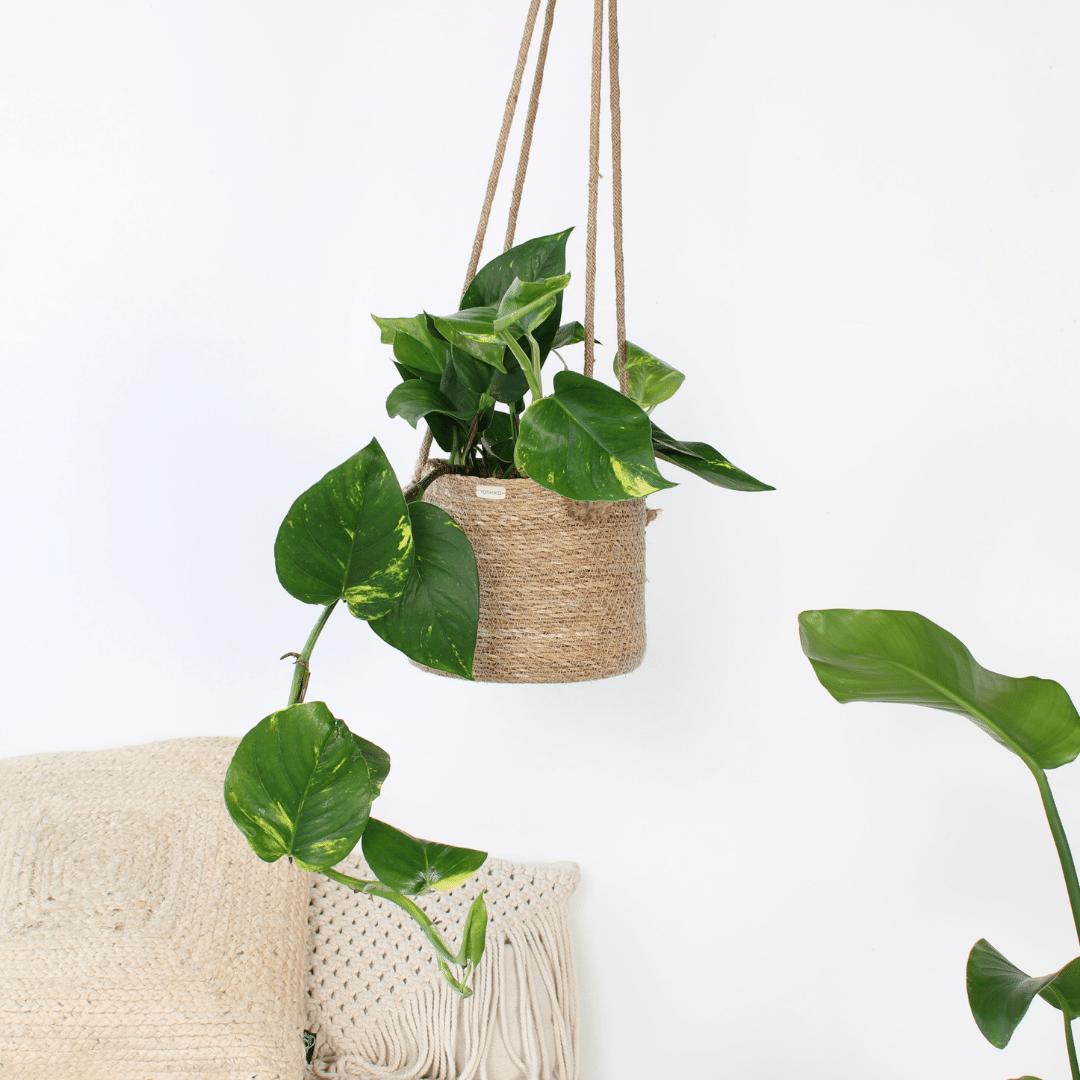
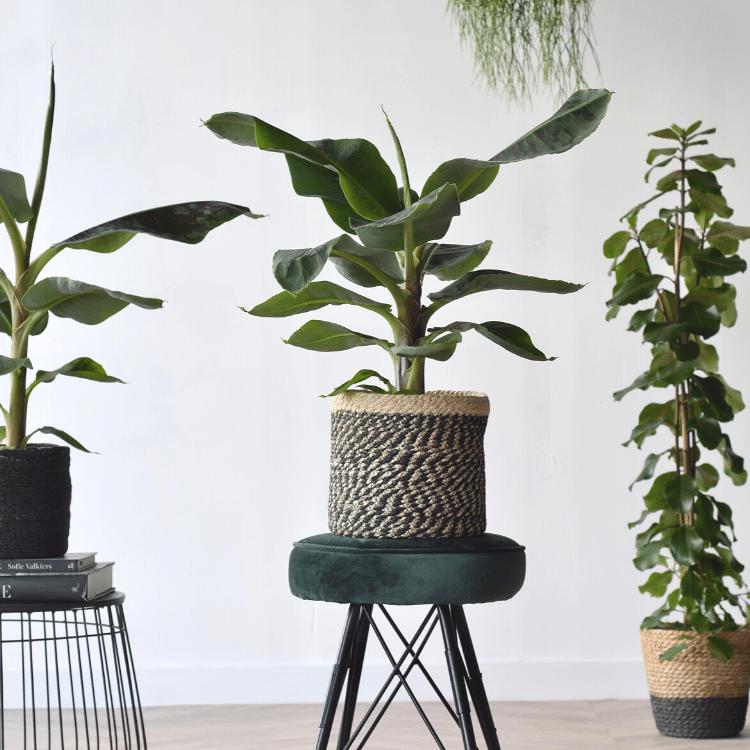
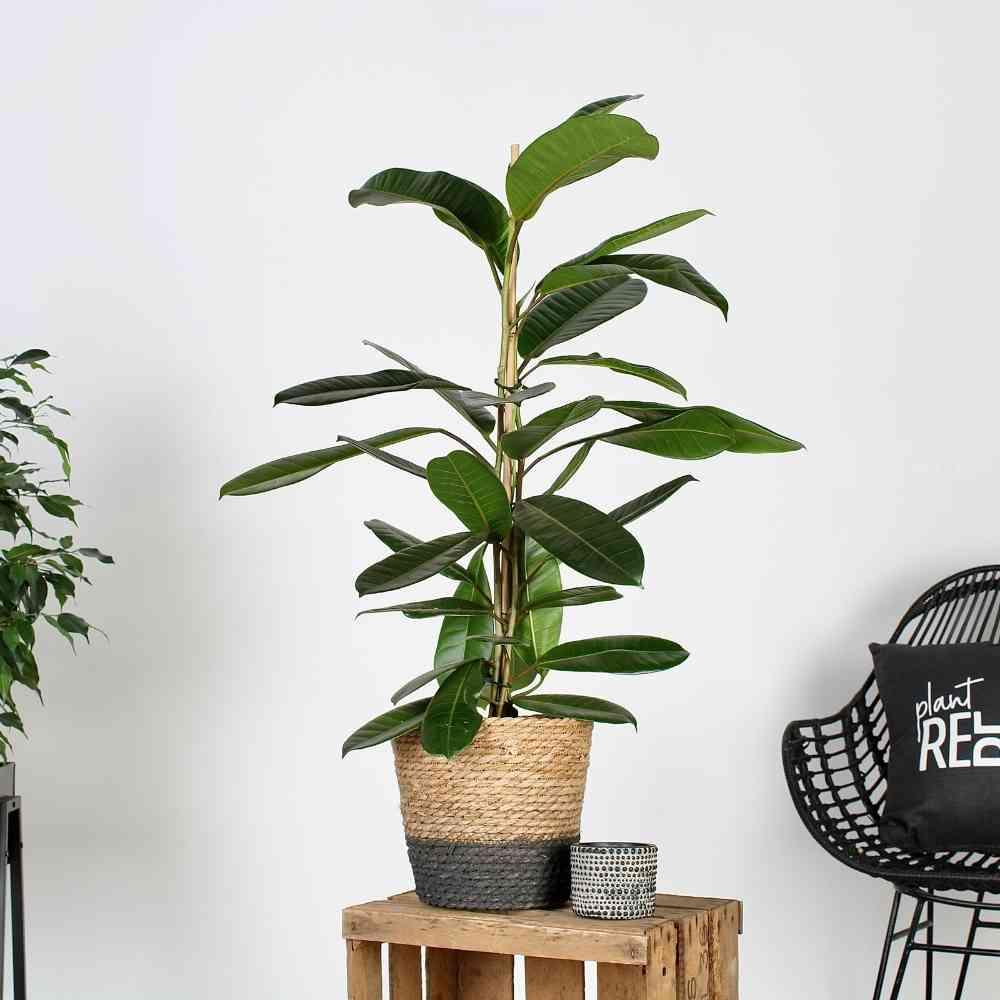
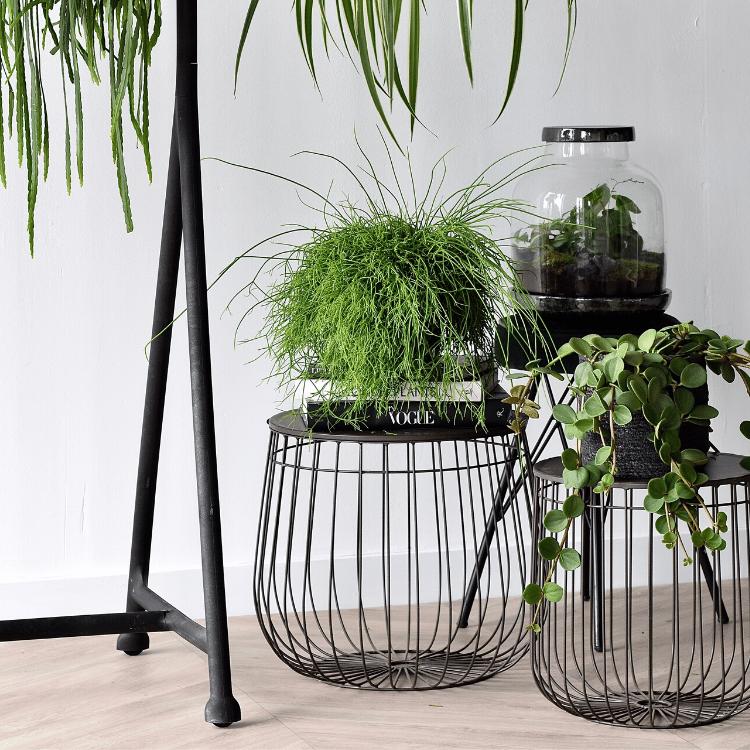
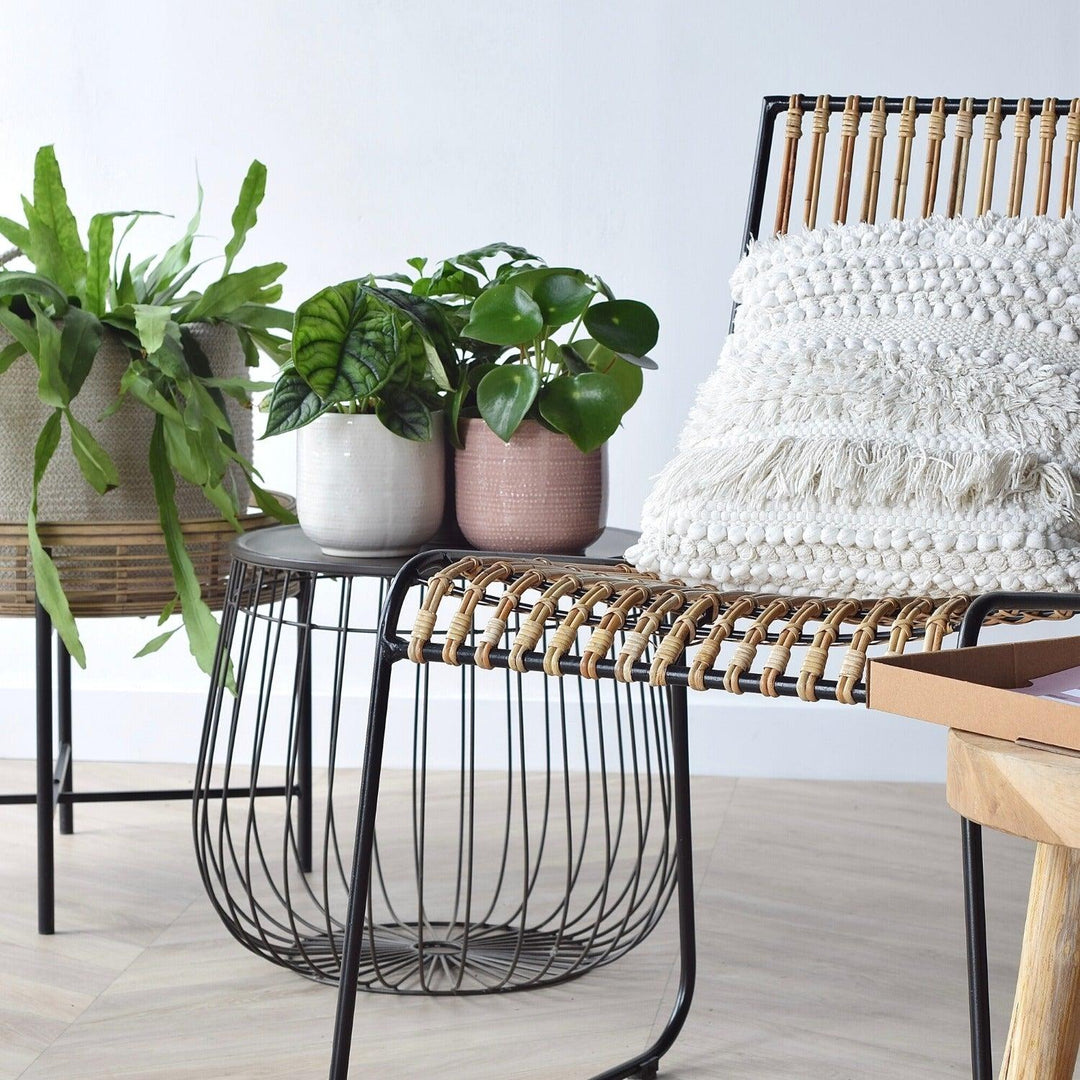
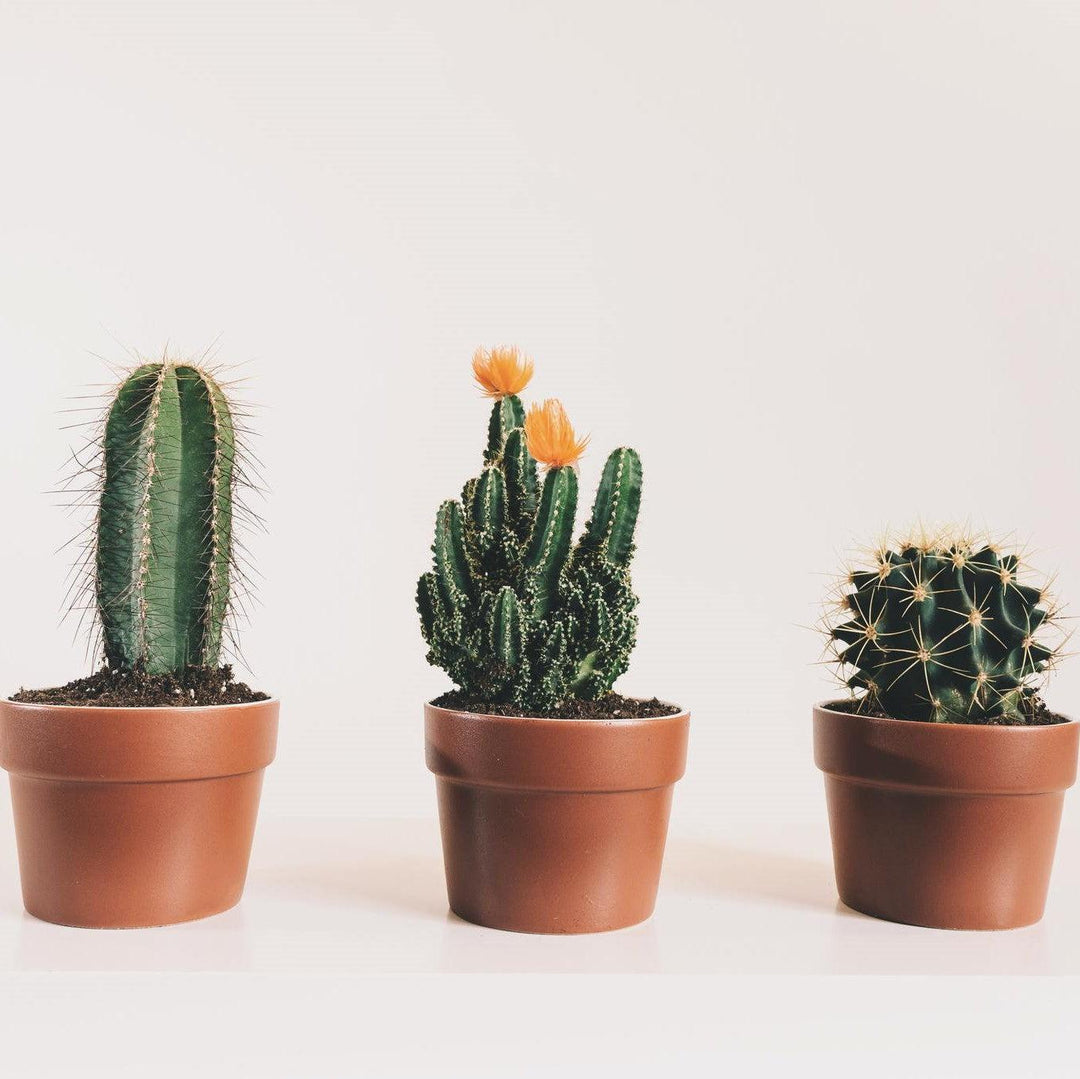
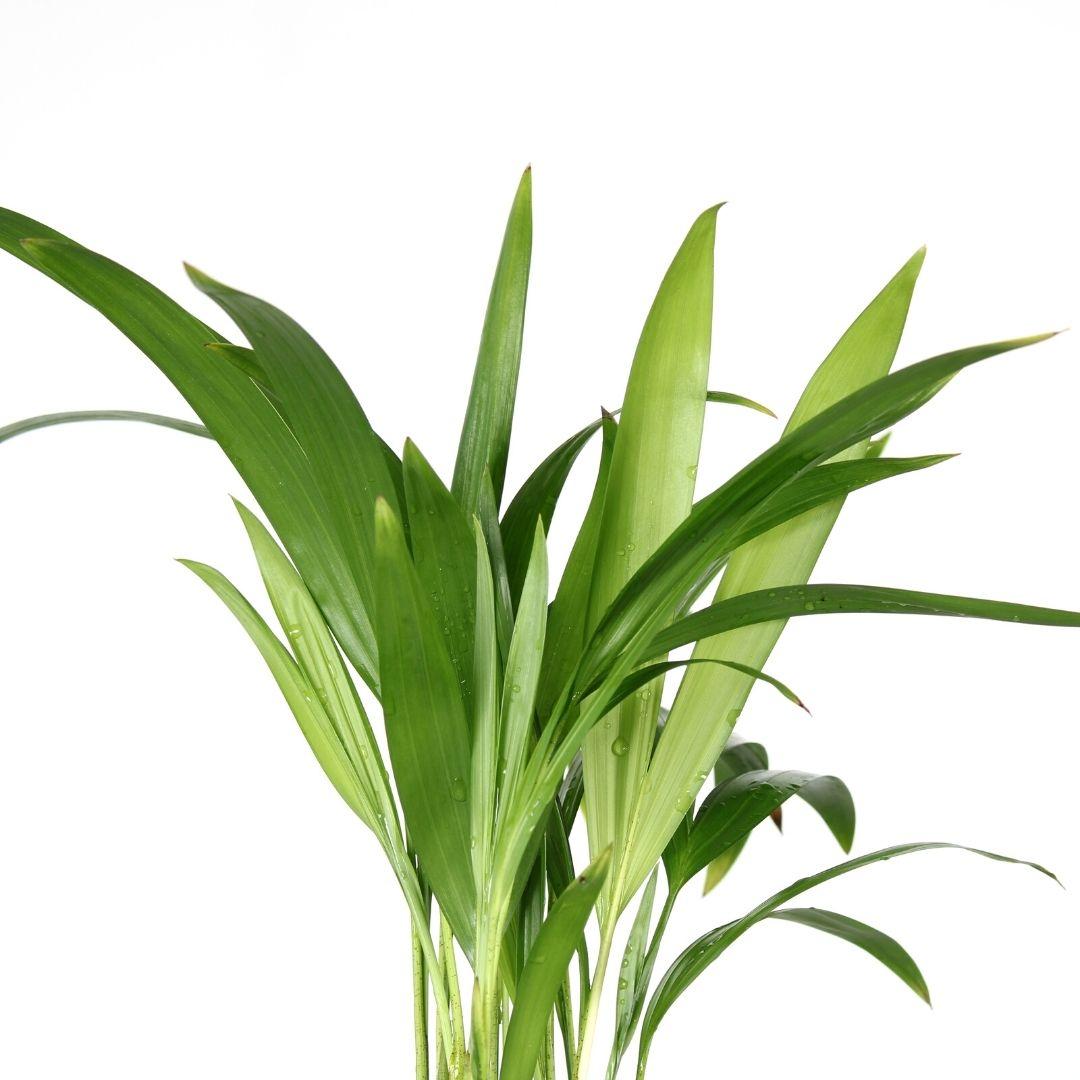
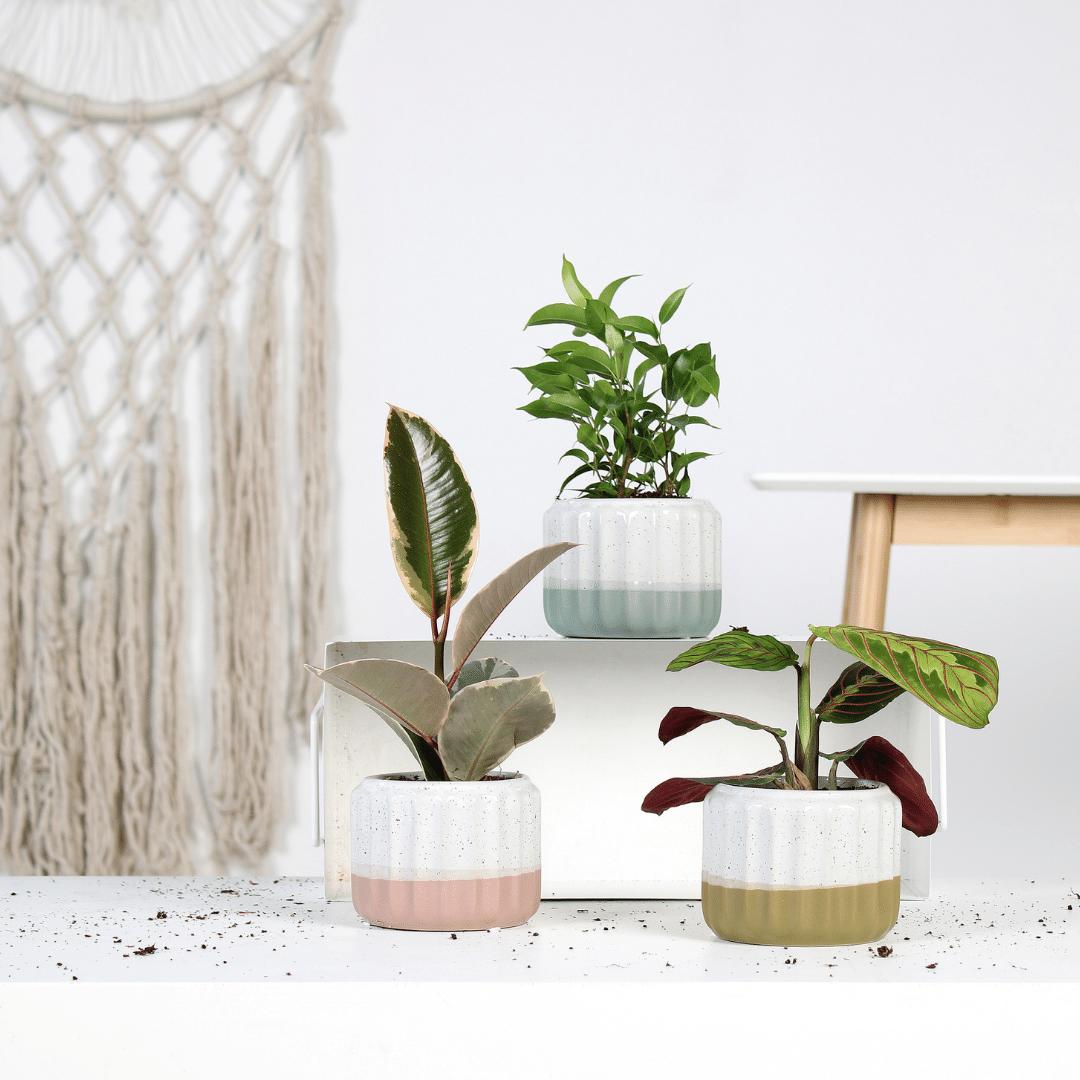
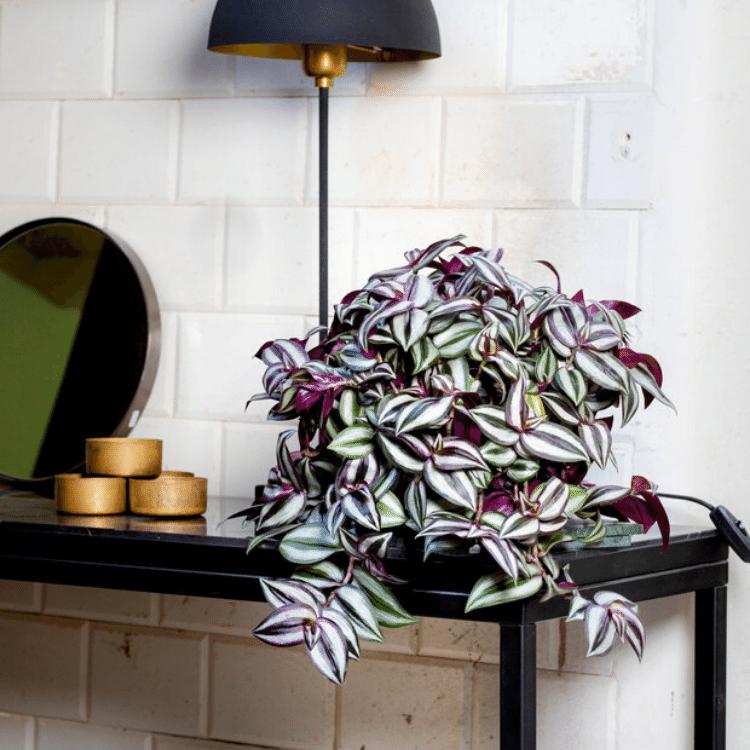
Leave a comment